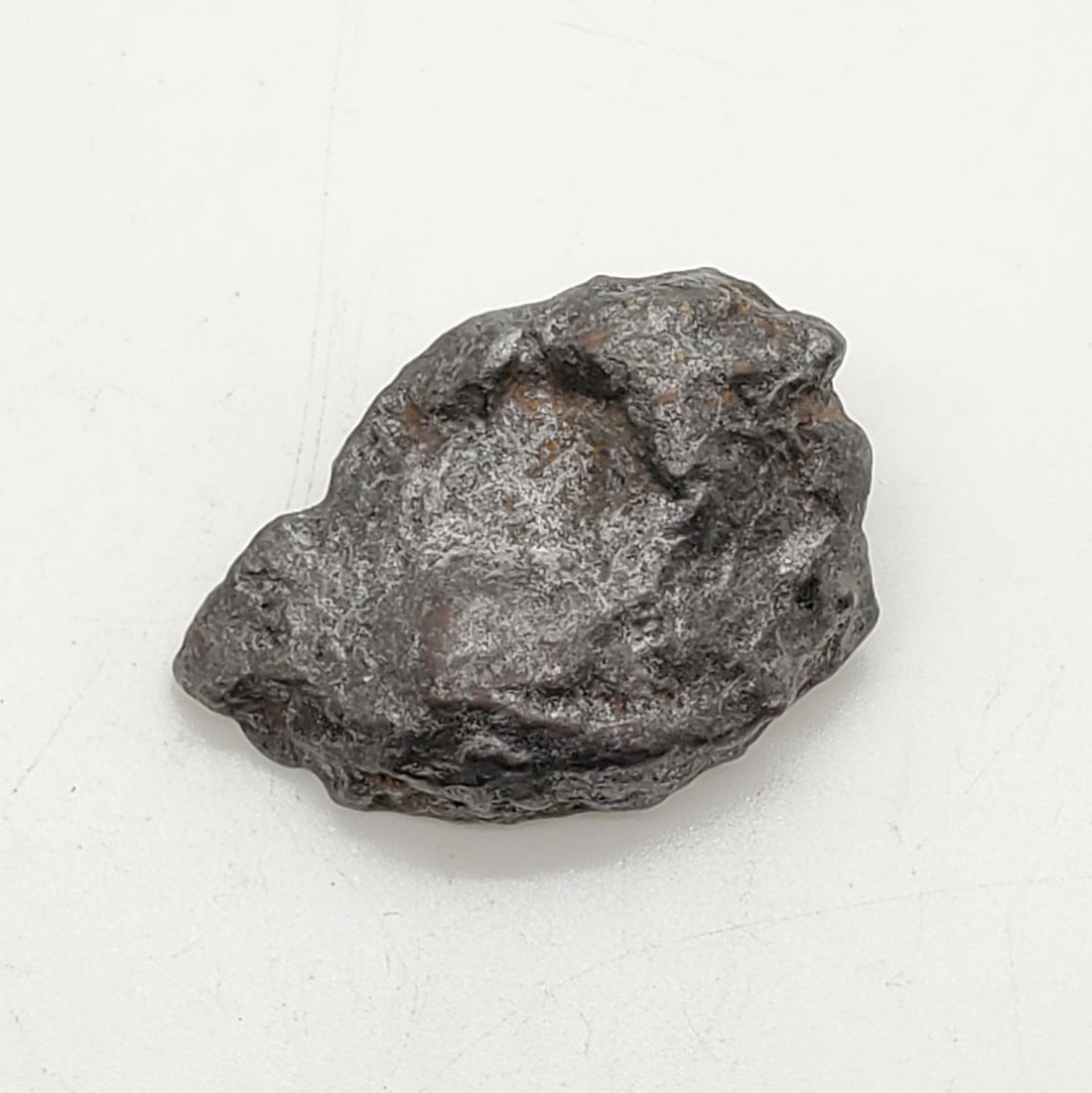Meteorite falls may have been the source of cultish worship. The cult in the Temple of Artemis at Ephesus, one of the Seven Wonders of the Ancient World, possibly originated with the observation and recovery of a meteorite that was understood by contemporaries to have fallen to the earth from Jupiter, the principal Roman deity. There are reports that a sacred stone was enshrined at the temple that may have been a meteorite.
The Black Stone set into the wall of the Kaaba has often been presumed to be a meteorite, but the little available evidence for this is inconclusive.
Although the use of the metal found in meteorites is also recorded in myths of many countries and cultures where the celestial source was often acknowledged, scientific documentation only began in the last few centuries.
The oldest known iron artifacts are nine small beads hammered from meteoritic iron. They were found in northern Egypt and have been securely dated to 3200 BC.
In the 1970s, a stone meteorite was uncovered during an archaeological dig at Danebury Iron Age hillfort, Danebury England. It was found deposited part way down in an Iron Age pit (c. 1200 BC). Since it must have been deliberately placed there, this could indicate one of the first (known) human finds of a meteorite in Europe.
Some Native Americans treated meteorites as ceremonial objects. In 1915, a 61-kilogram (135 lb) iron meteorite was found in a Sinagua (c. 1100–1200 AD) burial cyst near Camp Verde, Arizona, respectfully wrapped in a feather cloth.
A small pallasite meteorite was found in a pottery jar in an old burial found at Pojoaque Pueblo, New Mexico. Nininger reports several other such instances, in the Southwest US and elsewhere, such as the discovery of Native American beads of meteoric iron found in Hopewell burial mounds, and the discovery of the Winona meteorite in a Native American stone-walled crypt.
Indigenous peoples often prized iron-nickel meteorites as an easy, if limited, source of iron metal. For example, the Inuit used chips of the Cape York meteorite to form cutting edges for tools and spear tips.
Two of the oldest recorded meteorite falls in Europe are the Elbogen (1400) and Ensisheim (1492) meteorites.
The German physicist, Ernst Florens Chladni, was the first to publish (in 1794) the idea that meteorites might be rocks that originated not from Earth, but from space. His booklet was "On the Origin of the Iron Masses Found by Pallas and Others Similar to it, and on Some Associated Natural Phenomena". In this he compiled all available data on several meteorite finds and falls concluded that they must have their origins in outer space. The scientific community of the time responded with resistance and mockery. It took nearly ten years before a general acceptance of the origin of meteorites was achieved through the work of the French scientist Jean-Baptiste Biot and the British chemist, Edward Howard. Biot's study, initiated by the French Academy of Sciences, was compelled by a fall of thousands of meteorites on 26 April 1803 from the skies of L'Aigle, France.
One of the leading theories for the cause of the Cretaceous–Paleogene extinction event that included the dinosaurs is a large meteorite impact. The Chicxulub Crater (say "chick-shoe-lube") has been identified as the site of this impact. There has been a lively scientific debate as to whether other major extinctions, including the ones at the end of the Permian and Triassic periods might also have been the result of large impact events, but the evidence is much less compelling than for the end Cretaceous extinction.

